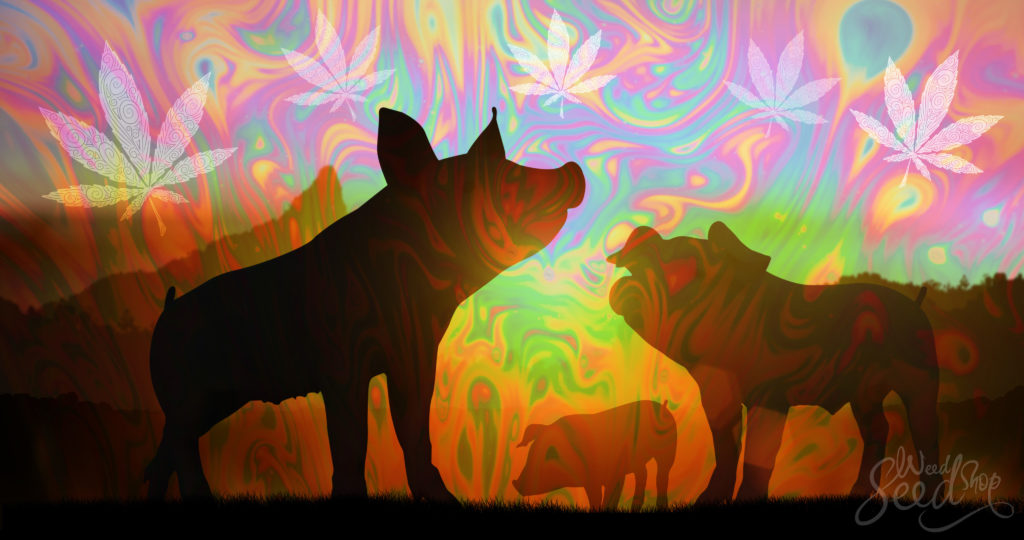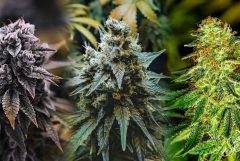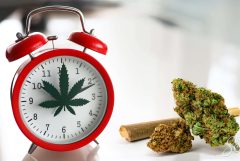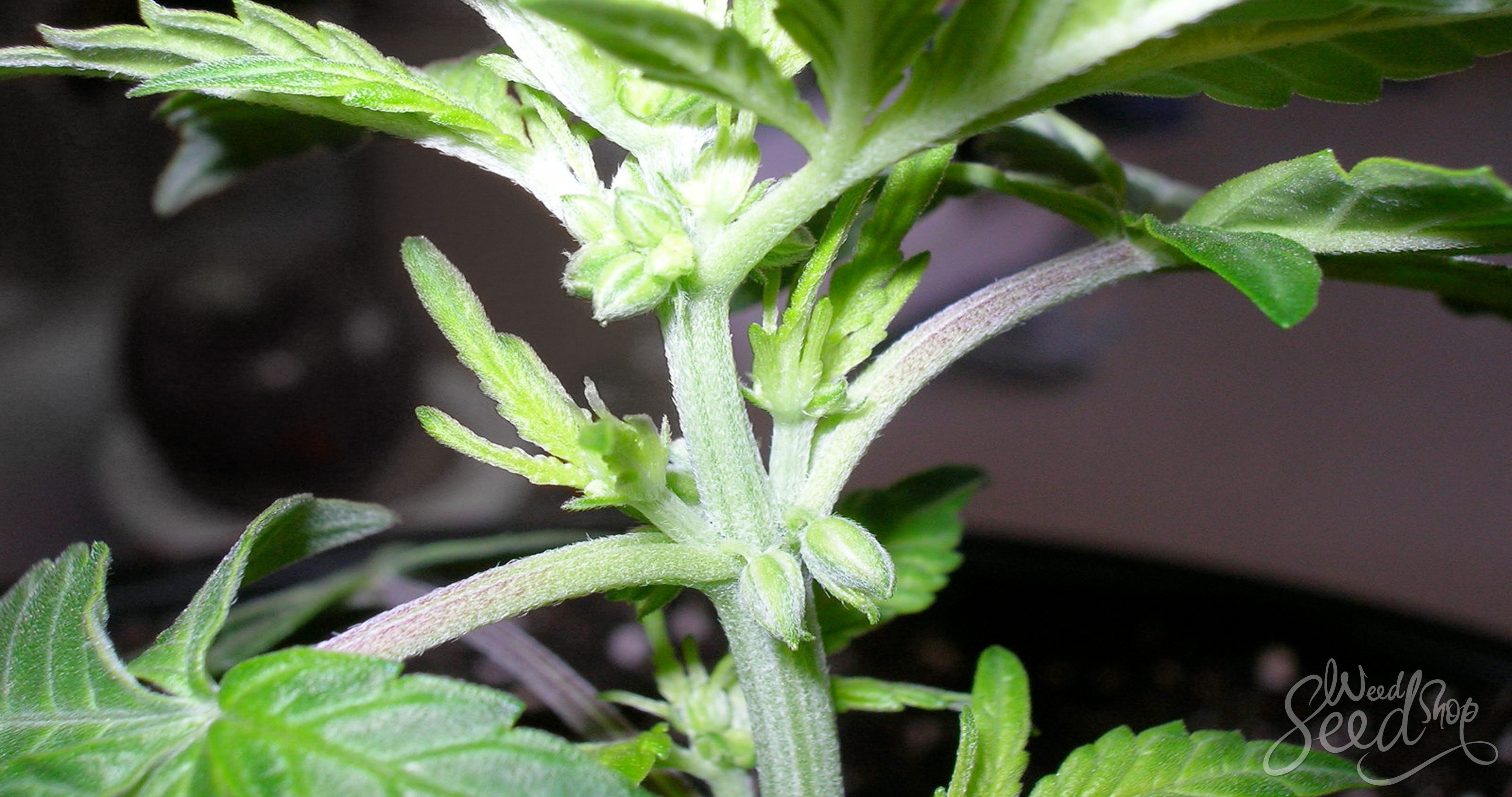As it turns out, human beings aren’t the only species on earth who like to indulge in a little intoxication. Our animal companions also like to experiment with their own states of consciousness in the wild. You might be surprised just how much fun wild animals like to have! Read this article to find out which of your animal friends like to get high, too!
Just about the entire human history has revolved around our desire to consume this intoxicant or that, whether it is coffee, hard drugs, or alcohol. Our animal ancestors don’t seem to be any different from us in that respect. Human beings are not the only ones who desire to explore states of consciousness, and there are examples of many animals out there who enjoy doing quite the same thing.
Although for human beings a lot of this desire has been simply to become intoxicated, there are examples in human history where it has aided the evolution of consciousness. For animals, they may be consuming psychoactive compounds for possible curative effects they may have or, alternatively, for their nutritional value. There is also evidence to suggest that species of the animal kingdom have shared these psychedelic experiences purely for the sake of experiencing together an altered state of consciousness.
Reindeer eat the Amanita muscaria mushrooms
The Amanita muscaria mushroom is a psychedelic mushroom which has the token red and white mushroom top. The story of reindeer consuming these mushrooms begins in Siberia and the Sami people. These people belonged to the Arctic Circle and had a powerful connection with the reindeer. The active ingredient of the Amanita mushroom is muscimol, which can cause quite uncomfortable physical symptoms and a general undesired effect.
What the Sami people found was that when the mushroom passed through the body of the reindeer and escaped through its urine, the effects were milder and more appropriate for humans. The Sami people would then follow the reindeer around and drink the urine of the reindeer, which contained the filtered material of the Amanita mushroom. Apparently the reindeer had a habit of also drinking the urine of the human who had eaten and processed the Amanita mushroom, realizing that they too could get high from this.
It is rumoured that this is where the story began of Santa Claus and his reindeer, the pine tree, and the gift under the pine tree.
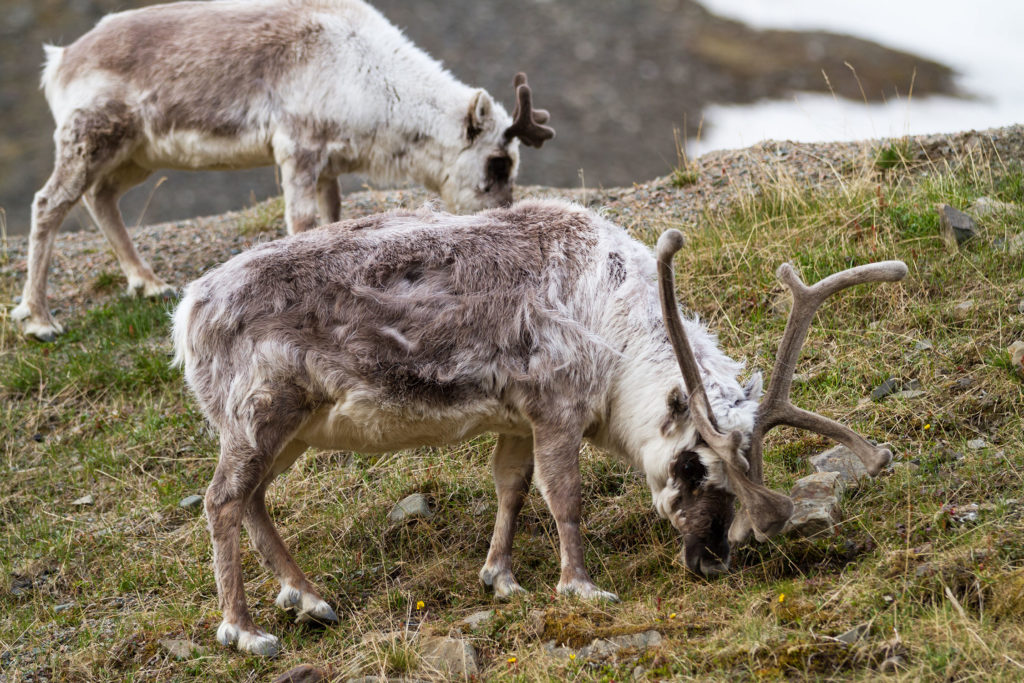
Jaguars eat the Ayahuasca vine
The Ayahuasca vine is one of the two plants used to make the visionary shamanic brew of South America, Ayahuasca. For human consumption, this vine is usually mixed with another plant to create visions and psychedelic experiences. However, humans are not the only ones who use this plant for its psychoactive purposes.
The vine on its own contains an enzyme inhibitor that blocks an enzyme that would usually stop the effect of DMT in the body. With this inhibitor in place, the body is able to produce and experience DMT without being broken down, creating visions. The jaguar of the jungle also eats this visionary vine. This vine usually causes purging through vomiting or diarrhoea, so it is entirely possible that the jaguar uses this to clean out its own intestinal tract from parasites it may have acquired from food. The local people of the Amazon say that the jaguar eats this vine to increase their sensory perception, making them better hunters in the jungle.

Wallabies eat the poppy flower
Wallabies, a native animal of Australia, seem to have a suspicious interest in the poppy flower, and they are often found ravaging through the poppy fields. The poppy flower is the source of opium, usually used in Australia for pharmaceutical products such as morphine. This became such an issue in Australia, that wallabies high on opium became a topic of conversation in a parliamentary hearing. There was genuinely some concern over the safety and regulation of the poppy flower as a result of this.
Pigs enjoy cannabinoids
Black truffles are a psychoactive mushroom that grow under the ground and for which pigs have an acute sense of smell. The pigs are able to sniff them out because they smell like a delicious cacao truffle, and this mushroom contains the cannabinoid anandamide. This cannabinoid is similar in its chemical structure to the THC cannabinoid, which is the main active component of cannabis. Pigs quite enjoy being stoned on these black truffles, and scientists suggest that they may be attracted to them because of their own endocannabinoid systems.
It seems that human beings are not the only ones who like to explore their own consciousness with psychoactive compounds. It has been a common thread among animals to participate in this phenomenon too, whether it is for nutritional value or simply to share an experience with other members of the same species. These compounds may also play a role in the evolution of a species because of the intelligence of the psychoactive plant.





